Nursing Theories And Nursing Practice 4th Edition By Smith – Test Bank
Chapter 1
Objectives
On completion of this chapter, students will be able to:
- Compare and contrast definitions of nursing.
- Describe the usefulness of theory to everyday practice.
- Identify four phenomena of interest to nursing.
- Name the primary purpose of nursing theory.
- Describe characteristics of nursing as a discipline.
- Discuss the importance of conceptualizing nursing as a discipline of knowledge.
- Compare and contrast definitions of nursing theory.
Chapter 1
Outline
What Is Nursing?
Problems with Defining Nursing by Process, Functions, or Activities
The Discipline of Nursing
Expression of Human Imagination
Domain
Syntactical and Conceptual Structures
Specialized Language and Symbols
Heritage of Literature and Networks of Communication Tradition
Values and Beliefs
Systems of Education
Definitions of Nursing Theory
As a General Term
As an Organizing Structure
Definitions from Other Disciplines
Definitions Used in Nursing Practice, Education, Administration, or Research
The Purpose of Theory in a Professional Discipline
Structure
Further Development and Understanding of Nursing Practice Multidisciplinary Collaboration
The Structure of Knowledge in the Discipline of Nursing
Paradigm
Grand Theories and Conceptual Models Middle-Range Theories
Practice-Level Theories
Nursing Theory and the Future
Continuing Evolution of the Discipline of Nursing Use in Education
Use in Health Care Organizations
Expanded Use of Theory
Summary References
Chapter 1
Questions for Classroom Discussion
- Before taking this class, what was your definition of nursing?
- How does knowledge become “nursing knowledge”?
- What does the term “language of nursing” mean to you? Identify practice examples in
which use of the “language of nursing” can be explicated.
- What is your understanding of the statement “Nursing is a discipline”?
Chapter 1
Multiple-Choice Questions
(Answers appear in bold)
1. Every discipline has a unique focus that directs inquiry and distinguishes it from other fields of study.
A. True
B. False
2. The purpose of theory is to: A. Explain experience
B. Describe relationships
C. Project outcomes
D. All of the above
3. Members of a community of scholars share a commitment to all of the following except: A. Values
B. Knowledge
C. Geographic location
D. Processes
4. ______ and ____ structures are essential to any discipline and are inherent in nursing theories. A. Paradigm and metaparadigm
B. Syntactical and conceptual
C. Middle and grand
D. Language and symbol
5. Books and periodicals are examples of ________. A. Communication networks
B. Heritage of literature
C. Nursing organizations
D. Nursing discipline
6. Theories are not discovered in nature but are human inventions
A. True
B. False
7. The basic building blocks of theories are: A. Concepts and their definitions
B. Statements of relationships
C. Concepts and statements of relationships D. Empirical indicators

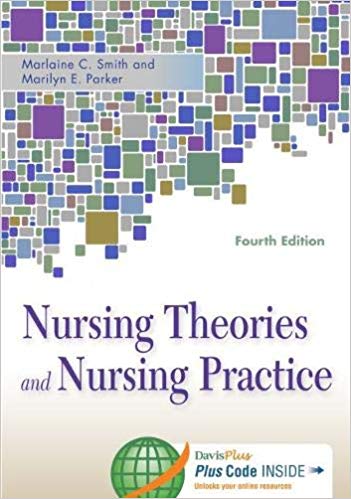
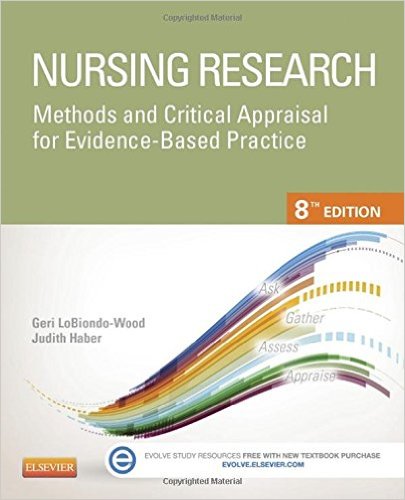
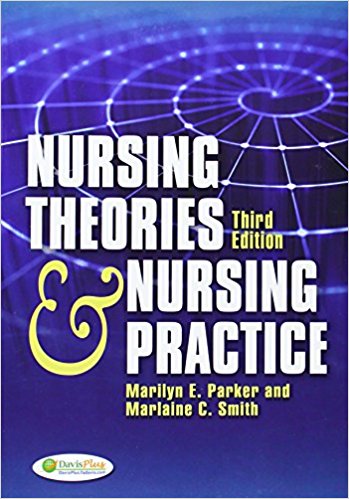






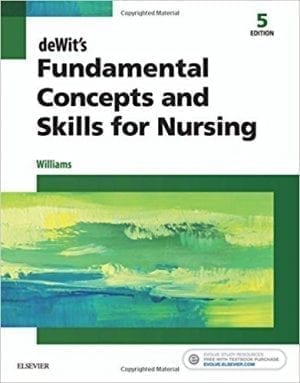
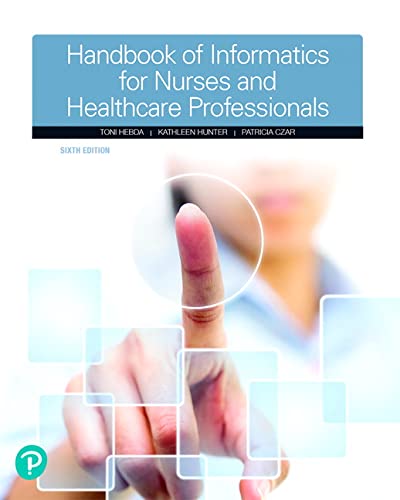
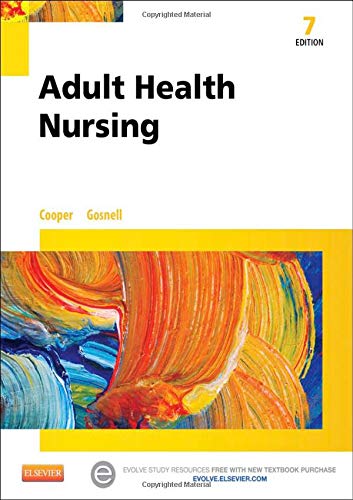

Reviews
There are no reviews yet.